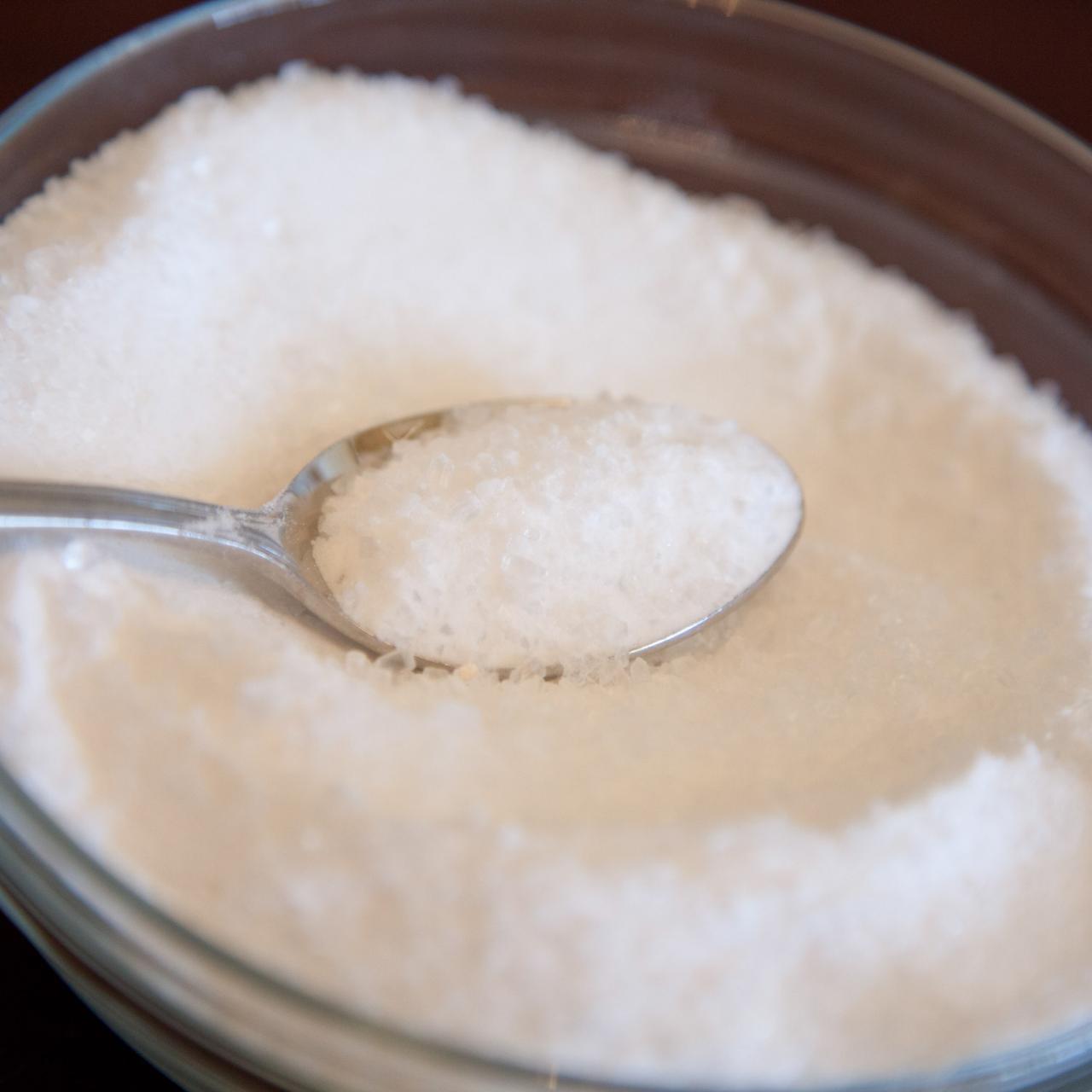Avoid These Plants: What Plants Don't Like Epsom Salt
Avoid These Plants: What Plants Don't Like Epsom Salt
Blog Article
Explore Why Some Plants Reject Epsom Salt as a Nutrient Resource
In the detailed globe of plant nourishment, the denial of Epsom salt as a viable nutrient source by some plants positions an intriguing dilemma. The factors behind this careful actions dive into a complex interaction of plant absorption mechanisms, the unique chemical structure of Epsom salt, and plant-specific nutrient preferences.
Plant Absorption Mechanisms
In delving into the complex realm of plant absorption devices, it becomes apparent that the procedure is governed by an advanced interaction of physiological characteristics and molecular pathways. Plants soak up nutrients largely via their roots, making use of various transportation systems to uptake important elements such as nitrogen, potassium, phosphorus, and magnesium. Magnesium, an important component in chlorophyll synthesis and enzyme activation, plays a critical role in plant growth and growth.
The absorption of magnesium entails numerous steps, starting with its accessibility in the soil service. When dissolved, magnesium ions are taken up by plant origins with certain transportation proteins embedded in the cell membrane layers. These healthy proteins assist in the movement of magnesium across the origin cell wall surfaces and right into the plant's vascular system, where it is then dispersed to various cells to support numerous physical features.
Comprehending the intricate devices behind magnesium absorption in plants clarifies exactly how this important nutrient adds to total plant health and wellness and productivity. By optimizing magnesium uptake paths, growers can boost crop yields and top quality, highlighting the significance of understanding plant absorption dynamics for lasting farming practices.
Epsom Salt Chemical Structure
The chemical structure of Epsom salt, additionally known as magnesium sulfate heptahydrate, reveals an unique arrangement of aspects that add to its unique residential properties and applications. The seven water molecules are freely bonded to the magnesium sulfate compound, allowing it to liquify conveniently in water and be conveniently taken up by plants via their origins.
The crystal structure of Epsom salt creates monoclinic prisms, which are elongated crystals with parallel ends. This crystal form affects the physical homes of Epsom salt, such as its texture and solubility. Understanding the chemical structure of Epsom salt is essential for comprehending its actions as a nutrient source and its interactions with plants in farming and horticultural methods.
Plant-Specific Nutrient Preferences
Plants show distinctive choices for details nutrients, stressing the relevance of comprehending their private demands for ideal development and growth. Understanding these plant-specific nutrient choices is vital for making best use of plant returns, enhancing decorative plant growth, and advertising total plant health.

Plant-specific nutrient preferences can likewise vary based on whether the plant is a monocot or dicot. By customizing nutrient supplements to fulfill the precise requirements of each plant species, farmers can optimize plant growth, lessen nutrient waste, and support sustainable farming methods.

Soil Ph and Nutrient Uptake
Soil pH plays a crucial role in establishing the schedule of necessary nutrients for plant uptake. Acidic dirts with a lower pH are positive for plants like blueberries and azaleas, while alkaline soils with a greater pH match plants such as lilacs and clematis.
Dirt pH influences the chemical forms of nutrients in the soil. In acidic soils, nutrients like aluminum, manganese, and iron can come to be more available, yet too much acidity can result in toxicity concerns. On the various other hand, alkaline dirts may limit the availability of nutrients like iron, zinc, and copper, influencing plant development. Keeping the suitable pH degree in the dirt is necessary for ensuring that plants can successfully uptake the needed nutrients for their healthy and balanced development and performance.
Genetic Consider Nutrient Uptake
In the realm of plant nutrition, the interaction of genetic variables significantly influences the uptake of necessary nutrients essential for plant growth and advancement. Hereditary factors play an essential duty Find Out More fit a plant's ability to soak up and make use of nutrients efficiently. Variants in genetics can impact the expression of transportation proteins responsible for relocating nutrients throughout cell membranes. These transport healthy proteins, such as networks and carriers, are inscribed by particular genes that can differ amongst plant types and even within the exact same varieties.
Furthermore, genetic variables also determine the effectiveness of nutrient uptake mechanisms within plants. As an example, some plants may possess genetic traits that enhance their ability to feed on nutrients from the soil effectively, providing an affordable advantage in nutrient-poor atmospheres. On the various other hand, genetic variants can likewise cause restrictions in nutrient uptake, making specific plants extra at risk to shortages also when nutrients are abundant in the dirt.
Recognizing exactly how genetic factors affect nutrient uptake is critical for creating techniques to optimize plant nourishment and boost crop productivity in numerous agricultural setups. By deciphering the genetic systems entailed in nutrient uptake, researchers can work towards creating genetically improved plant varieties with boosted nutrition procurement abilities.
Conclusion

In the elaborate globe try these out of plant nourishment, the rejection of Epsom salt as a sensible nutrient resource by some plants postures an interesting problem. what plants don't like epsom salt. Understanding these plant-specific nutrient choices is vital for taking full advantage of plant returns, improving decorative plant growth, and promoting overall plant health and wellness
By customizing nutrient supplements to fulfill the accurate needs of each plant types, farmers can maximize plant development, decrease nutrition waste, and assistance lasting farming methods.
In the realm of plant nourishment, the interaction of hereditary factors considerably affects the uptake of necessary nutrients vital for plant development and growth. Comprehending these complexities in plant Going Here nutrient uptake is essential for enhancing plant development and health and wellness in farming methods.
Report this page